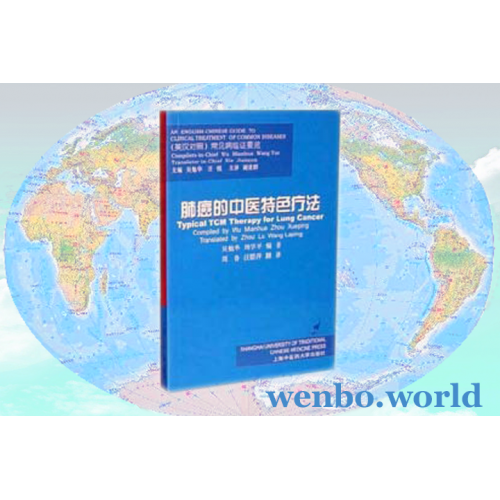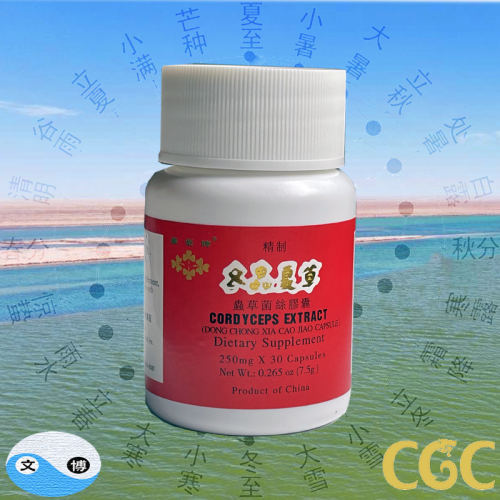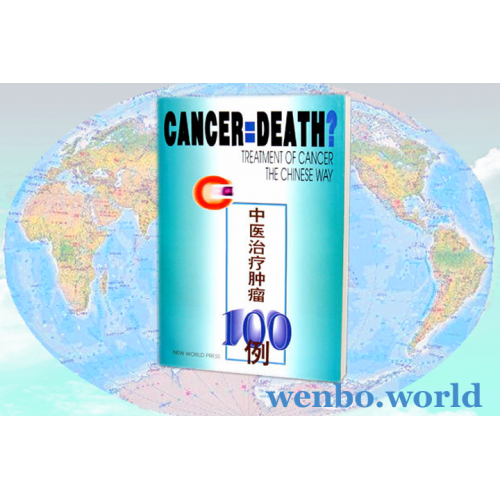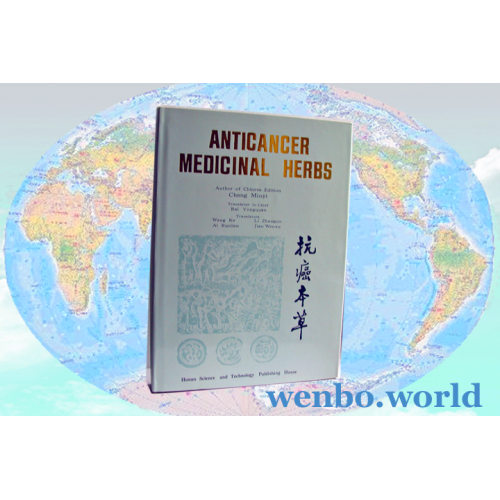Typical TCM Therapy for Lung Cancer
- Brand: Publishers of China
- Model: 2004pb
- SKU: b00tcmlung
- ISBN: 7810107917
- Reward Points: 75
- Availability: 2-3 Days
-
- Price in reward points: 1495
This treatment not only can partially eliminate and reduce tumor, but also can reduce the post-operational prolapse and metastasis as well as the side effects of chemical therapy.
Title: An English-Chinese Guide to Clinical Treatment of Common Diseases: Typical TCM Therapy for Lung Cancer
Compiled by Wu Mianhua, Zhou Xueping
Translated by Zhou Lu, Wang Laping
Published by Shanghai University of Traditional Chinese Medicine Press
Language: English-Chinese
Paperback, 850mm x 1168mm, 223 pages, 2004
ISBN 7810107917
Primary bronchial lung cancer, known as lung cancer for short, is a commonly encountered malignant lung tumor. As the society develops, the spectrum of diseases has gradually changed due to such factors like industrialization and environmental pollution. As a result, the incidence and morality of malignant tumors have ranked first. The mortality of lung cancer is quite high. Though various therapies have been tried, just about 10 percent of the patients on the average can survive for 5 years. The age of the patients tends to be younger. This tendency has drawn attention from the medical fields and becomes a project studied by the medical fields. There the treatment and prevention of lung cancer seems emergent and important.
Lung cancer pertains to the concept of "lung stagnation" in TCM. TCM has accumulated rich clinical experience in the prevention, diagnosis and treatment of this disease. In recent decades, certain curative effect has been obtained in the treatment of this disease based on the differentiation of syndromes by means of TCM and integrated traditional Chinese and Western medicine. Such a treatment can alleviate suffering of the patients, prolong life and, in some cases, even clinically cure the patients. This treatment not only can partially eliminate and reduce tumor, but also can reduce the post-operational prolapse and metastasis as well as the side effects of chemical therapy. In view of these facts, we have compiled this book based on the materials extensively collected and personal clinical experience.
Detailed explanation is made in this book about the treatment based on syndrome differentiation for lung cancer and other unique therapeutic methods in TCM. The content is concise in description and easy to understand. It can serve as a handbook for doctors in clinical practice.
Contents
Art One General introduction
Chapter One Introduction
Chapter Two Diagnostic essentials
Section One Clinical manifestations
Section Two Laboratory test
Chapter Three TCM understanding of lung cancer
Part Two Typical therapeutic methods
Chapter One Treatment of lung cancer
Section One Internal therapy
Section Two External therapy
Section Three Acupuncture and moxibustion therapy
Section Four Dietetic therapy
Section Five Psychological therapy
Chapter Two Post-operational treatment of lung cancer
Section One Internal therapy
Section Two Dietetic therapy
Chapter Three Treatment of lung cancer following radiotherapy
Section One Internal therapy
Section Two Dietetic therapy
Chapter Four Treatment of lung cancer following chemotherapy
Section One Internal therapy
Section Two Dietetic therapy
Chapter Five Treatment of the main symptoms of lung cancer
Section One Internal therapy
Section Two Dietetic therapy
Section Three Acupuncture and moxibustion therapy
Section Four Dietetic therapy
Chapter Six Treatment of the complications of lung cancer
Section One Internal therapy
Section Two Dietetic therapy
Section Three Acupuncture and moxibustion therapy
Section Four Dietetic therapy
Chapter Seven Regimen for lung cancer
Part Three Experience famous senior TCM doctors
Chapter One Professor Hong Guangxiang's experience
Section One Ideas about the pathogenesis
Section Two Therapeutic experience and unique treatment
Section Three Report of typical cases
Chapter Two Professor Chen Uanchang's experience
Section One Therapeutic experience and unique treatment
Section Two Report of typical cases
Chapter Three Professor Wu yichun's experience
Section One Ideas about the pathogenesis
Section Two Therapeutic experience and unique treatment
Section Three Report of typical cases
Chapter Four Professor Liu Jiaxiang's experience
Section One Ideas about the pathogenesis
Section Two Therapeutic experience and unique treatment
Index
An English-Chinese Guide to Clinical Treatment of Common Diseases
We compiled the series of "an English-Chinese Guide to Clinical Treatment of Common Diseases" in order to assist foreign students to have a better study of clinical knowledge of TCM. The series also meet the need of Chinese doctors when they spread TCM for foreign practitioners. The series are scientifically-organized reference books which could generally reflect the updated development of clinic in TCM.
The series were written and compiled by medical professionals and English experts from 7 TCM universities or colleges including Nanjing University of TCM, Shanghai University of TCM, Guangzhou University of TCM, etc. The faculty from Nanjing University of TCM compiled the Chinese part. Shanghai University of TCM with other colleges and universities were responsible for the translation. The proposal was drafted in 1998. After 5-year continuous adaptation, the whole series were finally completed in 2003.
The first series include ten books. They cover ten commonly-encountered diseases of viral hepatitis, primary glomerulonephritis, chronic gastritis, lung cancer, bronchial asthma, diabetes, primary hypertension, rheumatoid arthritis, cervical spondylosis, and cholelithiasis and their special treatment in traditional Chinese medicine. Each book consists of three parts. Part one discusses the major points in diagnosis and pathogenesis and pathology of the disease. Part two focuses on the typical therapy in TCM. It covers internal therapy, external therapy, acupuncture and moxibustion, Tuina (Chinese massage), physiotherapy, dietetic therapy, mental therapy, and regimen. Part three illustrates the academic experience of 3-4 celebrated doctors and the effective cases that they treated.
Tags: Chinese medicine, lung cancer
Related Products
yang yin qing fei (Scrophularia Ophiopogon Combo)
used for dryness and pain in the throat, and dry cough with scanty expectoration or bloody sputum. The traditional recipe, "Yang Yin Qing Fei Tang" (Nourish the..
fei qi zhong tablets (Soothing Formula)
used for coughing with too much phlegm, feeling tired and easy to sweat, stabbing pain and oppression in the chest, shortness of breath, low sexual desire and e..
Cordyceps Extract
the tonic herbal formula for the kidneys and lungs, cordyceps is used to stop lung bleeding, resolve phlegm and control cough and asthma, useful for symptoms su..
Treatment of Cancer the Chinese Way
The book consists of 100 cases of successful treatment of cancer using Chinese herbal medicine. The diagnoses made in these cases are accurate, while the majori..
Anticancer Medicinal Herbs
by Chang Minyi. This book introduces the practical value of anticancer herbs and herbal prescriptions used commonly both at home and abroad. Title: Anticance..





